RIP Studentenportal
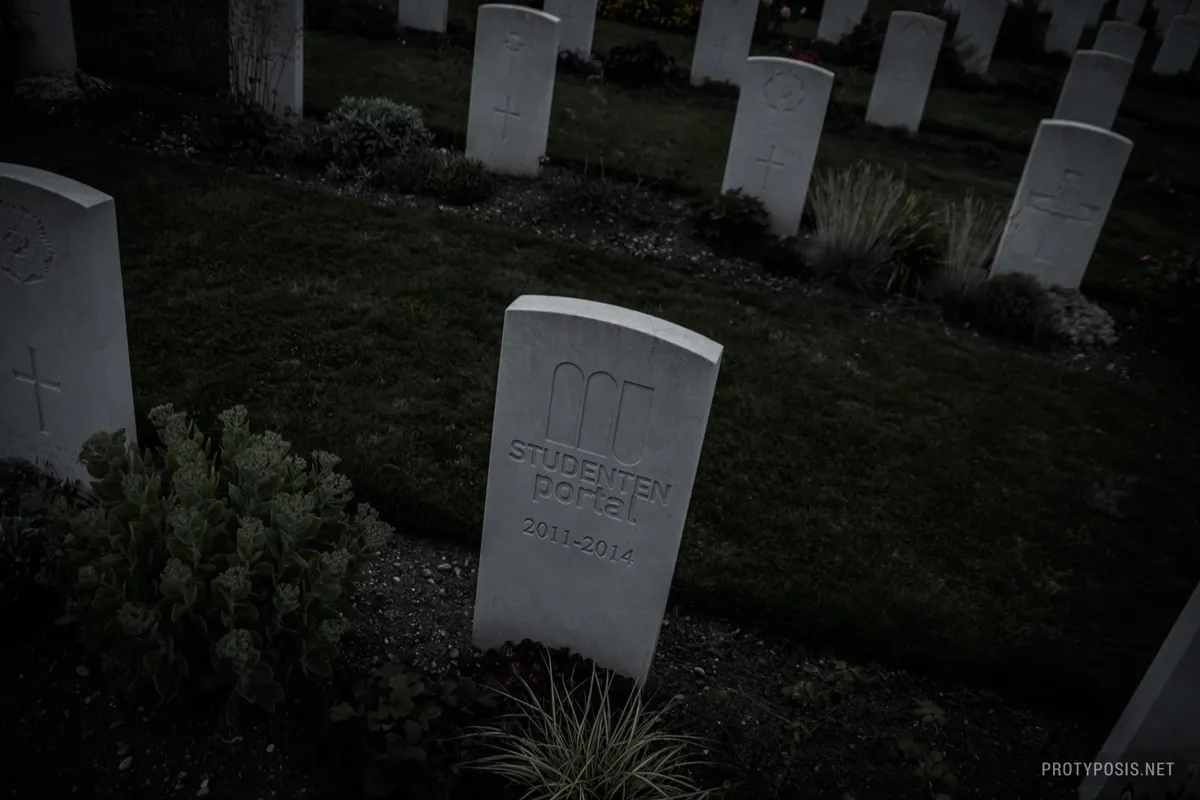
Die App AAU Studentenportal wurde heute vollständig eingestellt. Ein offizieller Nachfolger ist in Arbeit.
Showing Posts From

Die App AAU Studentenportal wurde heute vollständig eingestellt. Ein offizieller Nachfolger ist in Arbeit.
The ITEC MediaPlayer library is a lightweight VideoView/MediaPlayer replacement for Android’s default components, enhancing it with exact frame seek, playback speed adjustment, GLES shader effects, picture zoom/pan by gestures, and DASH support. The source code and a more detailed description is now available on GitHub, its accompanying demo showcase app on the Google Play Store.
Local Audio Broadcast is a simple application that captures the local audio playback in Windows and streams it to a UPnP renderer on the network.
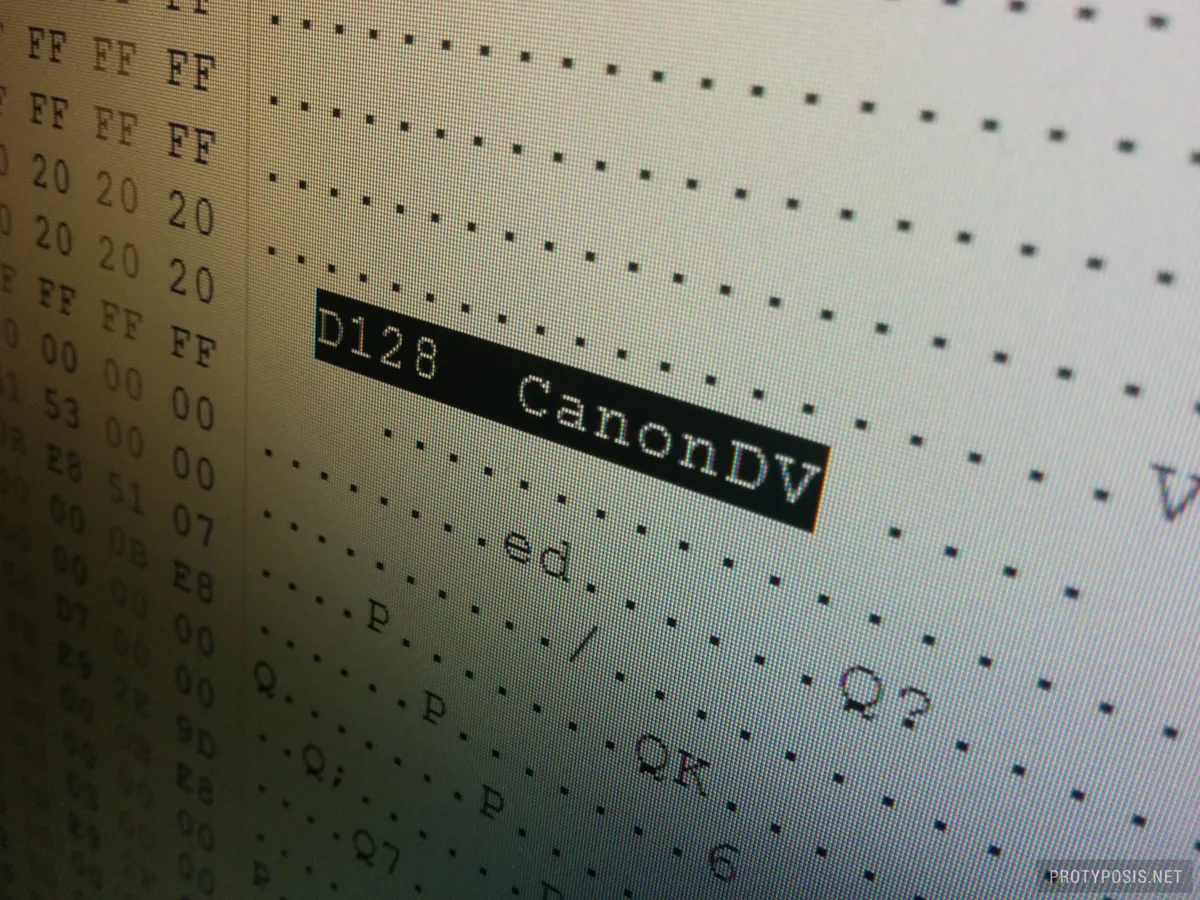
Today, if you are an amateur who wants to record high quality videos on a budget, you can get a nice DSLR for less than 1000€ which comes with every feature you’ll ever need. If not, you can easily extend the functionality with software add-ons like Magic Lantern. Back in 2008, when I owned a Canon HF10 camcorder (one of the first to record Full-HD AVCHD video to an SD card), this wasn’t the case. It had a reasonable performance for its price, but sooner than later I was missing important video features like zebra patterns and manual gain. I was wondering whether these features could be unlocked with hacks, and the first step was decrypting the firmware.
Compiling DLLs on your own can get really messy and take a lot of time (e.g., FFmpeg) if you are not familiar with this stuff. SQLite is one of the positive examples which make it really easy: download the amalgamation source, and follow the DLL compilation guide. Windows users can just use the Visual Studio compiler to compile x86 and x64 versions with a single configuration-less command, and don’t need to fool around with Cygwin/MinGW/MSYS/MinGW-W64/Win-builds etc.
Unfortunately there’s a small detail missing in the SQLite guide, and they don’t seem to have an easy way of contacting them except for an antiquated mailing list. So I’m posting here where nobody is ever going to find it:
I am currently trying to solve licensing issues on an unreleased project I am working on and want to get rid of all dependencies under the GPL. One of them is the libsamplerate resampling library, which I have been using for a few years through a managed .NET wrapper. It is just a small wrapper library, but it proved to be working stable. Since I could not find […]
The ITEC MediaPlayer library for Android has been updated to 1.4.0. This new version mainly improves DASH support, but also has a few bugs fixed, small changes and additions to the MediaPlayer/VideoView API, and improved error/exception reporting.
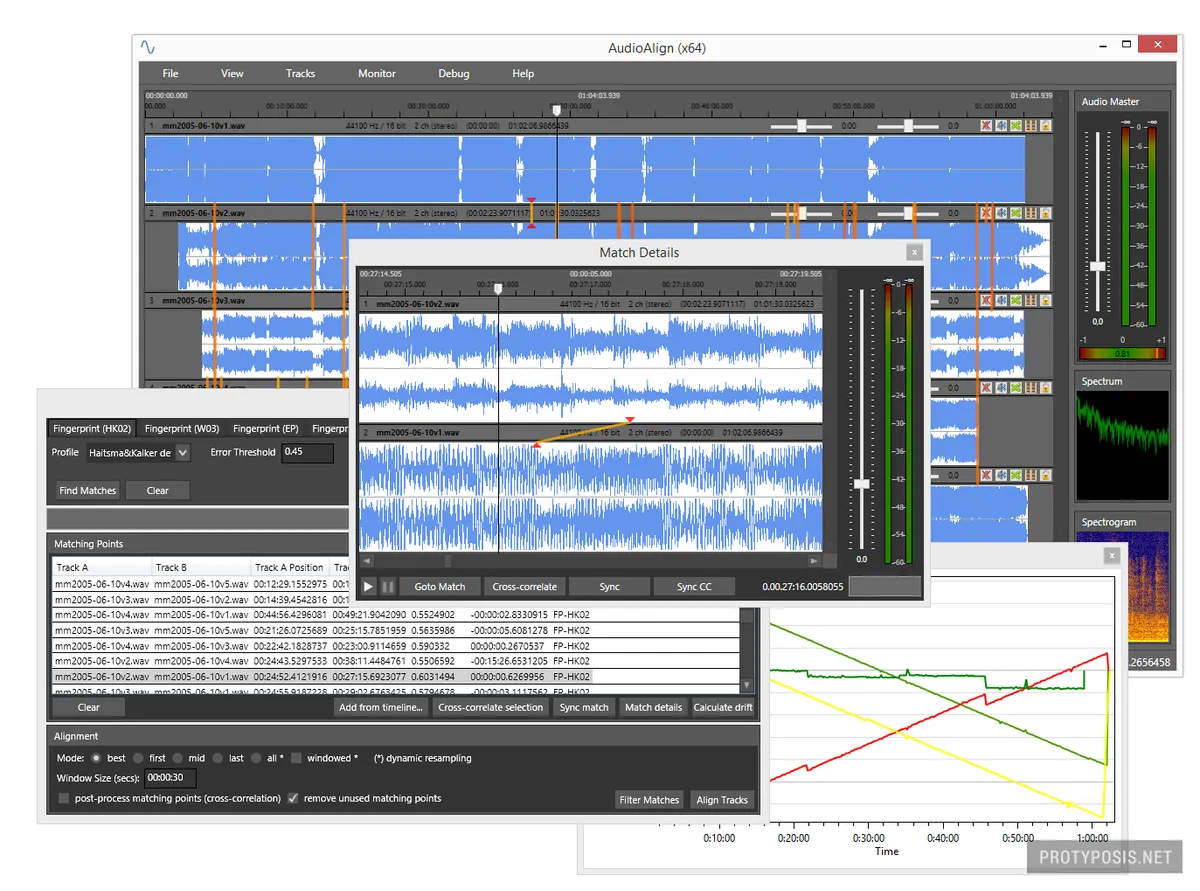
AudioAlign is a tool that I started developing in 2010 for my master’s thesis (and have been actively developing since then), with the goal to create a software for the automatic synchronization of audio and video recordings. Although I never quite reached the point of a fully automatic synchronization system, it showed promising results compared to the few similar commercial applications available on the market, and continues to be a helpful tool for my research purposes. I gave up on the plan to commercialize it due to patenting problems I didn’t know how to deal with, but instead decided on open sourcing it, so others can make use of it and hopefully even help me improve it.
Aurio is a library extracted from AudioAlign, providing the underlying core audio processing functionality, including audio fingerprinting and time warping algorithms. Both Aurio and AudioAlign are now available on GitHub under the AGPL license.
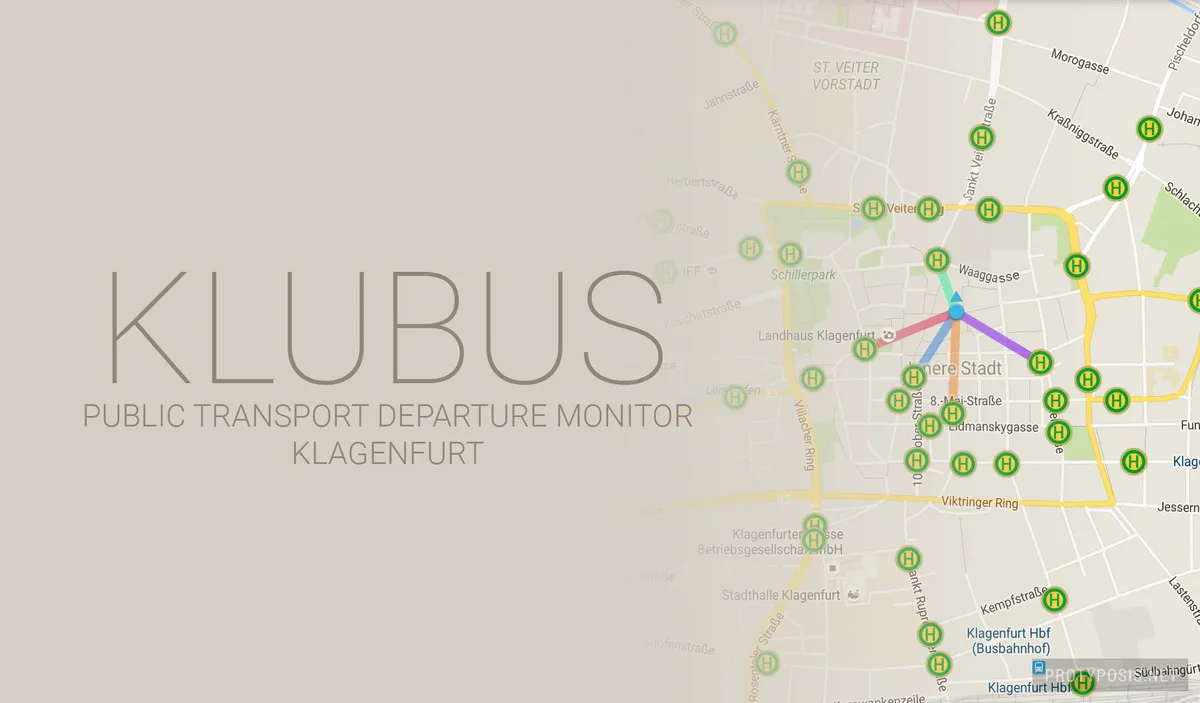
Klubus is a small and simple Android app to quickly check departure times at all public transport stops and stations across the City of Klagenfurt am Wörthersee, Austria. It is made for people who are familiar with the transport network and just want a quick and simple way to check the departure times, and is now available on the Play Store.
Since the previous post from about a year ago, the ITEC MediaPlayer for Android has evolved to its second major version, receiving a lot of bugfixes, a rewritten playback core with huge performance improvements, and the ability to playback audio-only sources. Its new name now bumps it to version 3.0, and it is reaching a point where I feel confident that it can be used in production. In fact, people are already starting to use it.
The inner workings of Bintray’s Maven repositories, and especially their inclusion into JCenter, are a bit nebulous and scarcely documented. Depending on your artifact structure, you might find your packages incompletely published in JCenter. Here’s an explanation to help you fix this.

Protyposis Multimedia Solutions is the label under which I provide professional software development services in the multimedia domain.
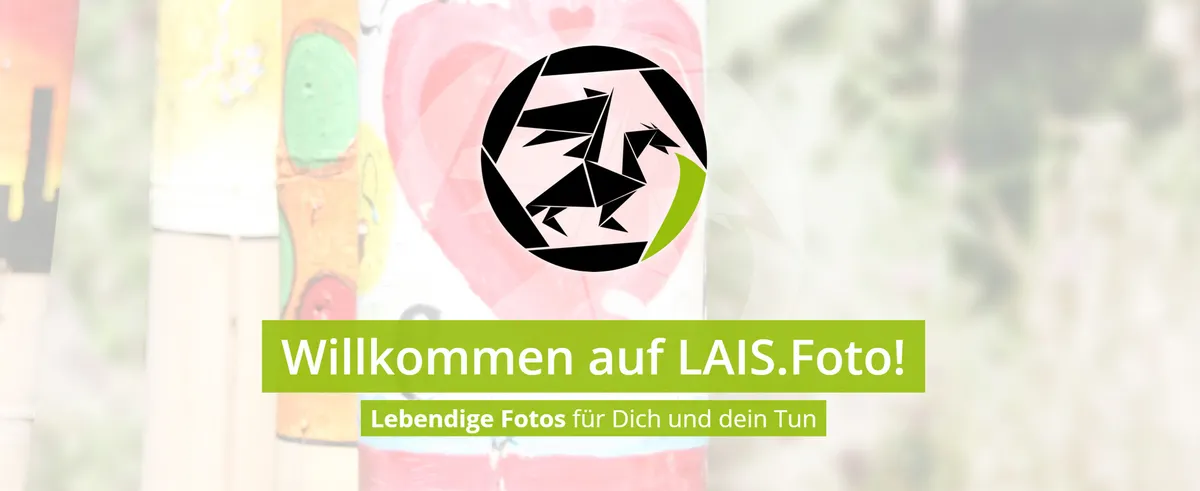
LAIS.Foto is a voluntary project that I developed a few months ago for a friend. It’s a self-hosted online photo sharing platform with community features, similar to Flickr. Compared to other existing platforms, it features a unique upload and download workflow with an intermediate moderation step, tailored to the principle of donating and requesting pictures.
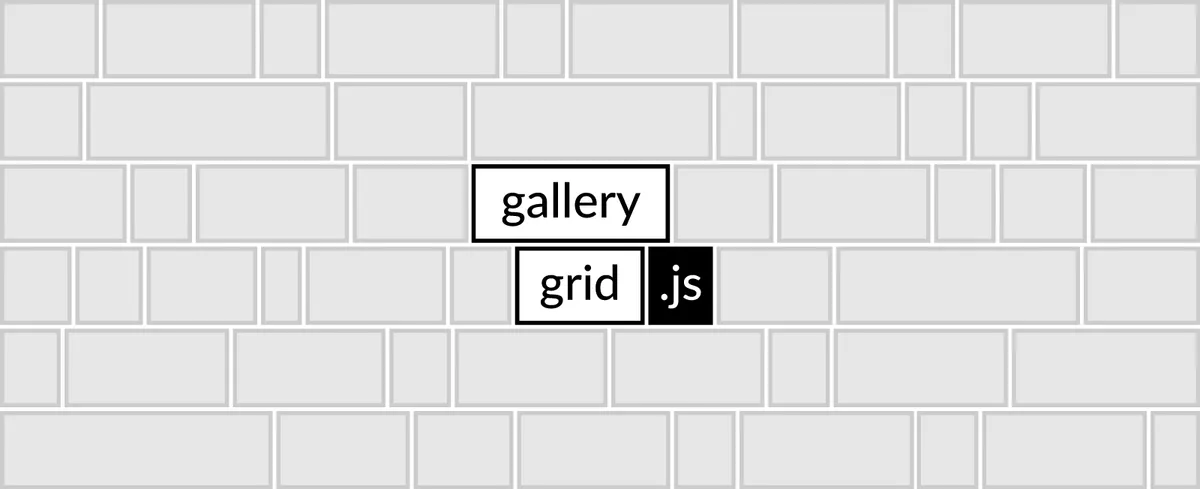
GalleryGrid.js is a simple JavaScript library that transforms a list of images into a nice Google+/Flickr style whitespace-less grid. It is now available under the MIT license on GitHub and through package managers.
Publishing a JavaScript library can be overwhelming these days. You want to reach a crowd as broad as possible, but there are dozens of different approaches existing and choices to be made. This article is a quick summary of current best practices, which are developing with npm, and publishing via npm and Bower package managers as well as a universal standalone distributable file. To follow, you need to be familiar with npm.

Spectaculum is a view widget for Android to display visual content in a GLES accelerated context, providing zooming and panning functionality, parameterized shader effects, and frame grabbing. It comes with additional views that save developers a lot of time and implement all functionality for displaying bitmap images, camera preview, and videos through the Android MediaPlayer, MediaPlayer Extended, and ExoPlayer. The packaged shader effects range from simple color filters to immersive 360° VR video rendering.
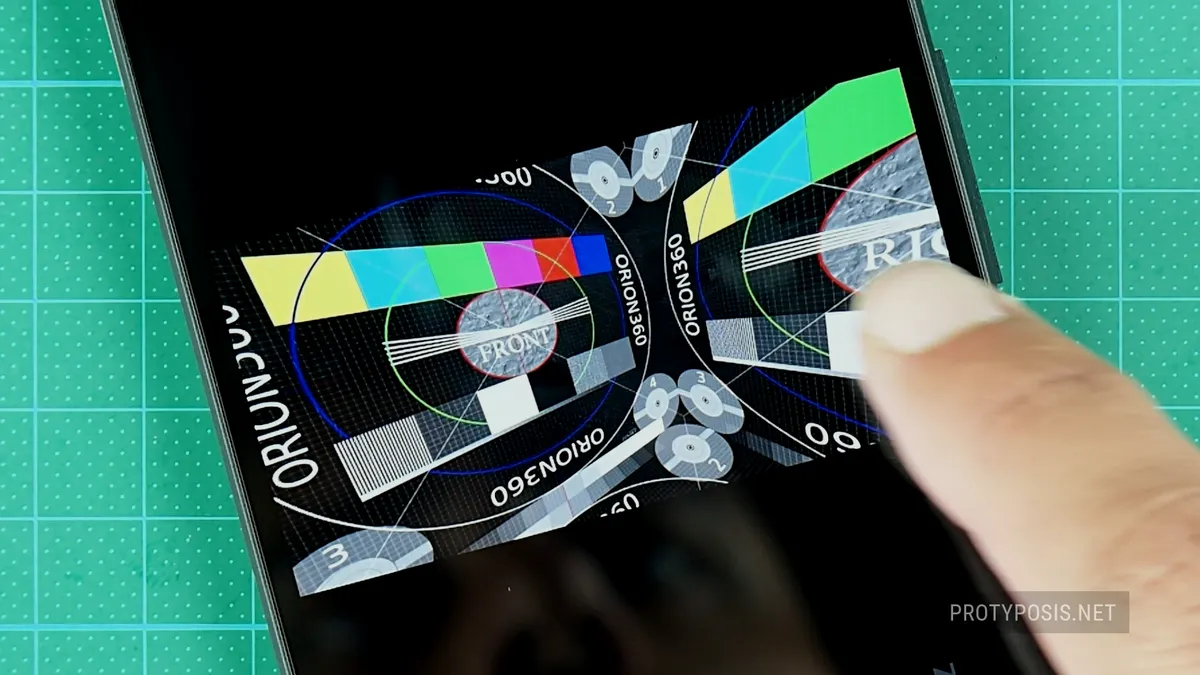
Playback of immersive 360° video on Android is usually done in a WebView with an HTML5 video player. This tutorial demonstrates how to display 360° video in a native view widget to save the overhead of a whole browser stack. This is done by using the versatile Spectaculum view widget for video rendering and the popular ExoPlayer for video decoding. Both of these libraries are open source under the Apache 2.0 license and available on GitHub and the JCenter repository.

A collaboration with eyecandylab, a company developing products for augmenting TV programs, recently gave me the opportunity to implement great new features into Aurio. The most recent version released today extends the architecture to support processing of real-time audio streams with infinite lengths, which means that live streams can now be fingerprinted on the fly with minimal latency. Additionally, the Aurio core library has been ported to .NET Standard 2.0 and will run with the .NET Core 2.0 framework on Windows, Linux and MacOS, enabling building microservices in containerized environments like Docker.
Two years ago I was approached by someone from a public TV broadcaster in Germany with the following problem: Given multiple video files with differently cut versions of the same production, is it possible to use the technology from AudioAlign/Aurio to automatically generate edit decision lists (EDL/XML) and use them to transfer subtitles from a reference version to the different cuts? The answer is “yes”, and that’s just one of many use-cases. This article describes the challenges and how Aurio solves them almost magically in a successful prototype developed for the TV station.
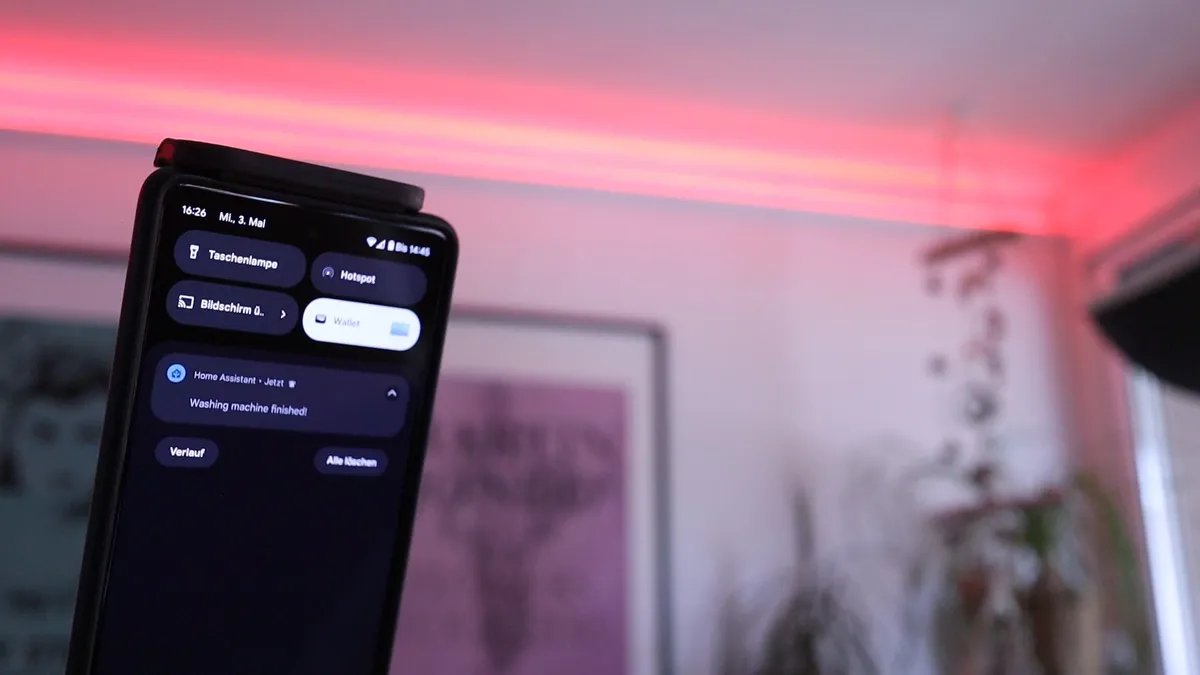
A smart home sometimes needs to notify its users of certain events or states. Instead of installing dedicated notification devices, why not use the smart lights which are present in most smart homes anyway? This turned out to be much more difficult than it sounds. However, I found that WLED, a great firmware for LED light strip controllers, offers an interface almost predestined to implement visual notification effects, and so I wrote and published a Node-RED node which does exactly that. Visual notification effects, simple to use, without side effects. It’s open source and now available on GitHub, npm, and the Node-RED library. Watch the demo video and read on for more details.

Aurio version 4, released yesterday, is a significant update that brings a host of modernizations and improvements. It is now available in the NuGet Gallery, features an updated build setup, improved cross-platform support, FFmpeg compatibility on Linux, new functionalities, optimizations, and numerous bug fixes.